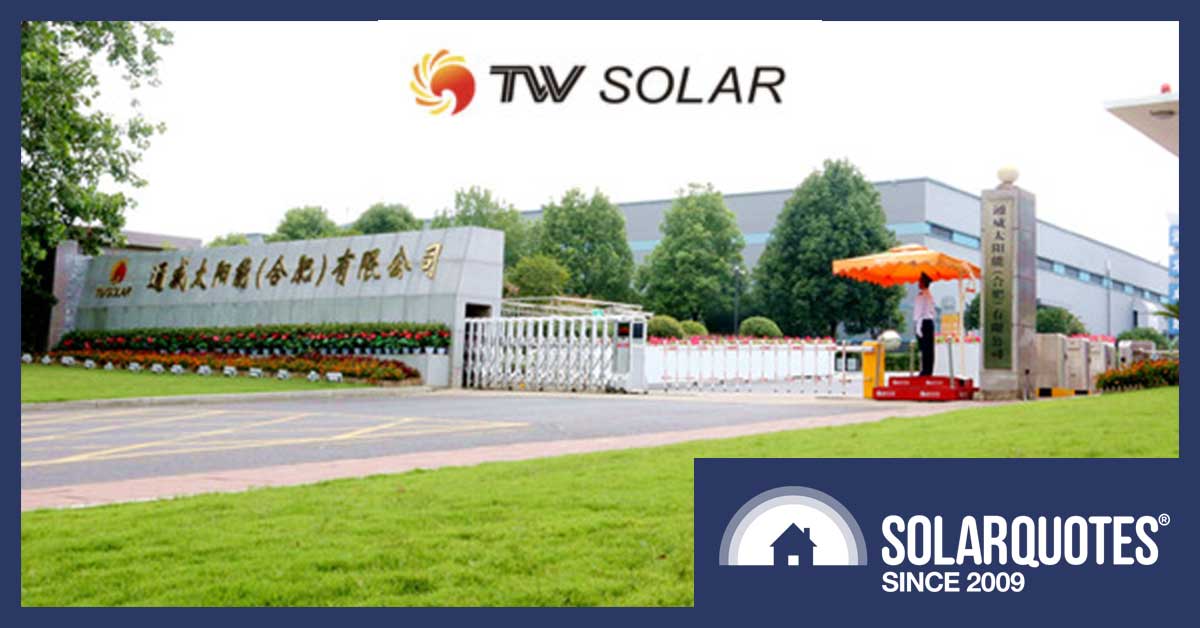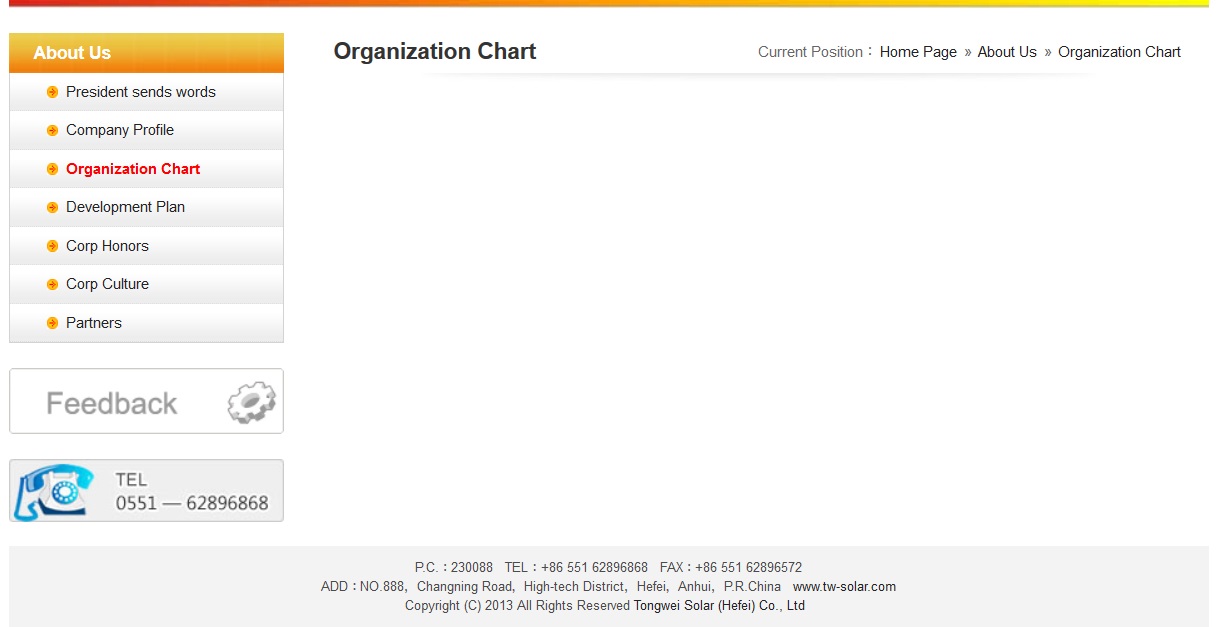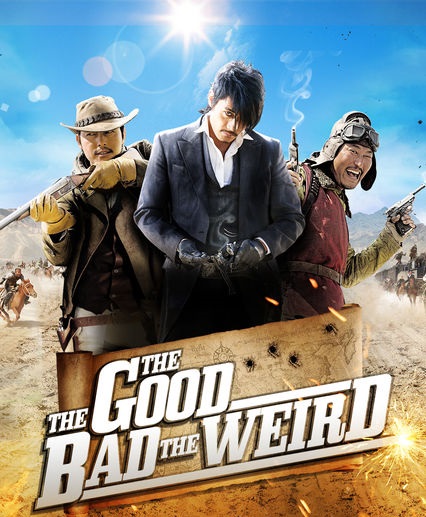
Who The Hell Are Tongwei Solar? The Good, The Bad, And The Weird.
Tongwei Solar is not well known in Australia. While it’s possible goldfish fans are aware Tongwei Group is the world’s largest producer of fish food, their solar subsidiary is very low key. This is despite it being one of the world’s largest producers of solar cells (if not the largest) with a production capacity of 12 gigawatts. To put that in context, they produced more solar cells last year than have ever been installed in Australia1.
There are two main reasons why nearly no-one here has heard of Tongwei Solar.
- While they produce around 350 megawatts of solar panels a year, they are not sold in Australia and aren’t on the CEC’s approved list.2
- Apart from making a quantity of solar panels that’s small compared to the giants of the industry, they don’t appear to do anything other than purchase silicon ingots from other companies, slice them like salami, turn them into solar cells, and then sell them to panel manufacturers.
While some companies are vertically integrated and produce their own silicon ingots, cut them into solar cells, and then make solar panels, Tongwei Solar’s focus is mostly on producing solar cells. They clearly believe solar power will continue to grow as they claim in 3-5 years they will have 30 gigawatts of cell production capacity and supply over 10% of the world demand. If they’re correct and supply 11% of demand, that would mean in 3-5 years world solar panel production would be 270 gigawatts compared to the estimated 104 gigawatts installed last year.

According to their website, Tongwei Solar has the most streamlined organizational structure of any company in the world.
Company Locations
Tongwei Solar has cell production capacity in two locations:
- The Western China megacity of Chengdu, which is a massive city of 14.4 million people. That’s greater than half Australia’s population.
- The puny megacity of Hefei in East China with only 7.9 million people. That’s not even one-third of Australia’s population.3

While China makes the best Westerns, in a pinch Korean ones will do.
Both these facilities are in coal producing regions — or at least they are if my knowledge of Chinese geography is correct. Unfortunately, my ability to locate things in China is a bit messed up. Firstly, because China scrambles locations in Google Maps to reduce the accuracy of my missiles, and secondly, because my geography lessons went like this:
“And here is the small Swedish village of Pippilangstrumpia where I was born. There’s also another country over here called China, but it’s a long way from Europe and won’t be on the exam.”
Tongwei Solar’s factories are located in coal producing regions because that’s where energy is cheap4 and it takes a lot of energy to make the silicon ingots that are cut into solar cells, so that’s where they’re made. This makes transporting the silicon ingots from the producers to Tongwei Solar and hauling the silicon waste back for recycling a lot easier.
Company History
Tongwei Solar was apparently created in 2009 and began producing solar cells on a large scale in 2013, but the company got its start back in 1983. This snippet from their website describes their early days:
While having a “metal cage culture” may sound bizarre, what they are actually talking about is farming fish in cages. They have continued to expand in aquaculture and are now the world’s largest producer of fish food. They also produce other animal feed products, so if you wanted to be paid in chicken feed they can arrange that. They also produce pet food, which is an expanding market as around 7% of Chinese households now own dogs.
It may seem strange that fish people become one of the world’s largest producers of solar cells, but when a country is rapidly industrialising things like this happen a lot. Toyota started off making automatic looms until they figured out they could put wheels on them.

Tongwei Solar has won many awards from many sources, but I’m pretty certain the one in the middle is not from the SS.
Company Video
Tongwei Solar has a 7 minute video that tells you very little about them. If you want to you can watch it below. (UPDATE: the video is no longer available).
In the video we learn important things such as:
“As mankind strives jointly for sustainable development we see the change of the world and hear the call of human being. We look forward to the wonderful life in the future.”
I know I see the change of the world whenever I look through my coin collection and I often also hear the call of the human being. Sometimes the call of the human being keeps me up all damn night.

See the change of the world.
But one thing I found disappointing about the Tongwei Solar video and website was the lack of a company song. Chinese company songs are amazing works of art. They’re right up there with Meatloaf and Beethoven5 They’re so good they could be Meatloaf and Beethoven’s mutant love children.
To remedy this lack I’ve written a company song for them. I put a lot of work into it and I think it really gets to the heart of their dedication to cutting silicon ingots into solar cells. It goes well with a number of tunes and maybe you can pick one from this collection of melodies. I look forward to one day hearing all 6,000 of Tongwei Solar’s employees singing it in unison.
Potential Company Song — Silicon Cutter
Cut your silicon ingot, silicon cutter,
You’re a solar cell making master, silicon cutter,
You’re a silicon cutter, yes, it’s true.
Nobody cuts silicon quite like you.
Cut your solar cells, silicon cutter.
You’re the one who cuts so well, silicon cutter,
You don’t eat or sleep or mow the lawn,
You just cut your silicon all day long.
Cut your silicon ingot, silicon cutter,
You’re a solar cell making master, silicon cutter,
You’re a silicon cutter, I must say,
You cut your silicon yesterday,
Silicon cutter, Tongwei!

Ideally they would get Terrance and Phillip to perform the song.
Future Plans
At their Hefei plant Tongwei Solar is currently constructing 10 additional gigawatts of monosilicon solar cell production capacity that’s due for completion in 2020. Currently, half the world’s silicon solar cell production is lower cost polysilicon. The new capacity is part of the worldwide shift towards more efficient monosilicon and will bring Tongwei’s solar cell production capacity up to 22 gigawatts.
Tongwei Solar says in 3-5 years they will have 30 gigawatts of capacity and their revenue will be 30-50 billion yuan. At current exchange rates that’s $6.3-10.5 billion. While I have no problem believing they will produce that many solar cells, as far as I can see the revenue from even the middle of that range — which would be $8.4 billion is way too optimistic.
At the moment monosilicon solar cells sell for around 25 cents a watt, so even if prices stop falling and all their production is monosilicon, the maximum amount of revenue they could get from 30 gigawatts of cells is $7.5 billion. They make around 350 megawatts of solar panels but their additional sales value is only around $50 million so we can round that up to $7.6 billion. Tongwei may have good reasons for believing the price of solar cells won’t fall over the next 3-5 years, but I don’t see how it is possible for them to get the $10 billion or more in revenue they say is possible. Chinese inflation is subdued at the moment, so accounting for that can’t make the higher end of Tongwei Solar’s revenue estimate realistic.
If I could read Chinese perhaps I’d find information that would make their overly optimistic prediction seem reasonable. But I doubt it, because that rarely happens with companies that write everything in English. While Tongwei Solar’s claim is far from the most ridiculous I’ve heard from a large company, it does rub in the importance of doing exhaustive research if you plan to do business on a large scale with a Chinese company. This research should include hiring a Chinese Private Dick to check out their bona fides. It also includes hiring an additional Dick to check out your original Dick to ensure you haven’t been exposed to a compromised Dick.
While their revenue estimates may be off, Tongwei Solar’s expanding capacity suggests I am correct in my firm belief the world is going solar in a big way. Their silicon cutting is likely to contribute to the production of many different brands of solar panels without the people buying them ever realising it…
…unless they care to study this picture from the ‘partners’ section of the Tongwei Solar website:
Footnotes
- Roughly 10.5 gigawatts of solar panels have been installed in Australia so far, but I don’t think that figure includes losses such as crap panels dying after just a few years. ↩
- This doesn’t necessarily mean there is anything wrong with Tongwei Solar panels. It may just mean they haven’t been submitted for the basic safety testing that is required for sale in Australia because they’re not interested in selling them here. ↩
- It’s as if they’re not even trying. ↩
- Some people assume because the residential price of electricity in China is so much lower than in Australia the price of industrial electricity is also lower, but that’s not the way it works. Generally speaking, large users of electricity pay more in China than Australia, although what large users pay here has increased considerably over the past couple of years. ↩
- The literal translation of Beethoven is “Man who hoes beets” or possibly “beef oven”. ↩



 RSS - Posts
RSS - Posts



Slow news day boys ?
Nice to get some of the backstory on solar …….. and chinese company songs
Recycleing of silicon from the slicing process – whats the turn around efficiency on that – not like dough – cant squidge it up an make a new ingot ???
Theres a story ??
The waste has to be remelted and a new ingot cast. Cast probably isn’t the right term, but the right term is soooooo hard to spell — Czochralski process. There! I did it!
Longi as a partner? I thought they produced their own mono silicon or their panels.
Well, Longi produced a massive 7.2 gigawatts of panels last year so it’s possible their own monosilicon production wasn’t high enough. Longi could also be under contract to supply monosilicon to other producers. These kinds of odd seeming arrangements aren’t that unusual and can make things pretty confusing.
Hi Ronald
I was surprised to read your comment that Tongwei locates their factories in Coal producing areas “because that’s where energy is cheap”! What, from coal-fired stations? You’d have to wonder why they didn’t strike a deal, to have their own cells used in panels, then build a farm to supply their plant’s energy requirements “free from the sun”? Chicken & Egg?
You did imply they pay more for industrial energy than we do.
So what is going on – why has our own industrial energy recently increased, whereas what we need to become world-competitive is cheaper energy?
What is the driver? Is our industry underwriting the cost of introducing renewables, so that domestic power prices don’t need to be increased so much? (it does seem that this is what is happening in China).
Electricity is cheaper in the coal mining regions of China because China still generates the majority of its electricity from coal (not as large a portion as Australia though) and since the coal doesn’t have to be transported long distances or the electricity transmitted long distances it is cheaper there. Of course it’s only cheap in terms of what industry has to pay for it, not in terms of its health, environmental, or agricultural costs.
New solar capacity is now cheaper than new coal capacity, but I don’t know if new solar currently beats the cost of electricity from existing coal power stations in Chengdu and Hefei. If it does then they will build solar farms to take advantage of that.
Large users of electricity in Australia pay rates based on the wholesale price of electricity and they are high at the moment. Two main reasons for this are Australia no longer has an over supply of generating capacity thanks to the closure of 13 coal power stations over the past 7 years which was over 20% of Australia’s coal generating capacity and because of the more than doubling of gas prices in the eastern states as they rose towards international parity with the opening of LNG export facilities at Gladstone. Extra renewable capacity which could have eased the increase wasn’t built due to the Coalition removing the carbon price, cutting the Renewable Energy Target by a third, and discouraging renewable investment by making it appear they were to end the Renewable Energy Target at any time.
Tongwei modules are approved by the CEC already.
Here’s the link:
https://www.cleanenergycouncil.org.au/industry/products/modules/approved-modules
Search for Tongwei and the list will display.
Cheers.
Thanks for the update.
TW 350W shingled monos at over 20% efficiency just landing in Australia now.
Hey guys you should update the post as the panels are on the CEC list.
I wouldn’t mind getting your opinion in these panels now that they are on CEC and being installed. I appreciate the levity on the review but I still have no idea on where on the quality spectrum you place them.
I’m afraid I can’t recall ever talking to anyone who has used them. Looking at their warranties I see they have a 10 year product warranty and a performance warranty that promises a minimum of 80.2% of their original output after 25 years. That is the absolute minimum warranty coverage for solar panels these days. For all I know they are fine for what they cost, but I personally would go with a known quantity.
!5 year warranty. I liked the review too, Simpsons references are never a bad idea. What I took from it was that TW was a huge diversified company – that’s a plus, been around for a long time (relative to other pv manufacturers) and has a strong financially stable future ahead of it (plus again) Longi recently upped it’s order with them by a billion cells – that’s a plus. If Longi and other brands (known quantities) are happy to use their cells I can’t see these guys as being much risk given the QA these brands would employ when procuring cells. Installs are going ahead in VIC and they are popping up in quotes in NSW and QLD. I enjoy a funny review as much as the next guy but simply waving your hand and saying “dunno, go with a brand you know” is a cop out. Compare the spec with the usual mid/lower priced panels and give us a verdict on it’s likely quality please – you know, a review.
Hi Ronald,
I found your article intelligent and funny. Didn’t realise that TW pioneered Shingle Panel manufacturing. Didn’t they make Hyundai, and Sunpower’s shingled panels that both carry a 25yr product warranty?
Great article! Entertaining.
Hyundai yes, Sunpower no.
Tongwei Solar Panels have now been approved in Australia as of March 2023. Are they Tier 1 panels? How do I search to find this out? The company that quoted me recently is providing these as an option.
Hi Liz
Tongwei solar panels have been approved for use in Australia for at least several years now, but haven’t been commonly used. They are often on tier one lists. This is good evidence they’re not rubbish but is not a guarantee that the ones they send to Australia are high quality. While they may be good, they are not among the panels we recommend because we don’t have good information on how they hold up under Australian conditions and they don’t have an Australian office. You can find a graphic displaying all the panels we do recommend in our Solar 101 Guide:
https://www.solarquotes.com.au/solar101.html
If you’d like to get quotes for solar through us from installers we know do quality work then – provided you haven’t already done so – you can enter your postcode here…
https://www.solarquotes.com.au/quote/start/
…and answer the questions that come up as best you can. If your budget is tight then mention you want a budget system when that question comes up. We back up the installers we refer to you with our Good Installer Guarantee…
https://www.solarquotes.com.au/installation-guarantee/
…which helps take the stress out of getting solar.
Hope this helps!